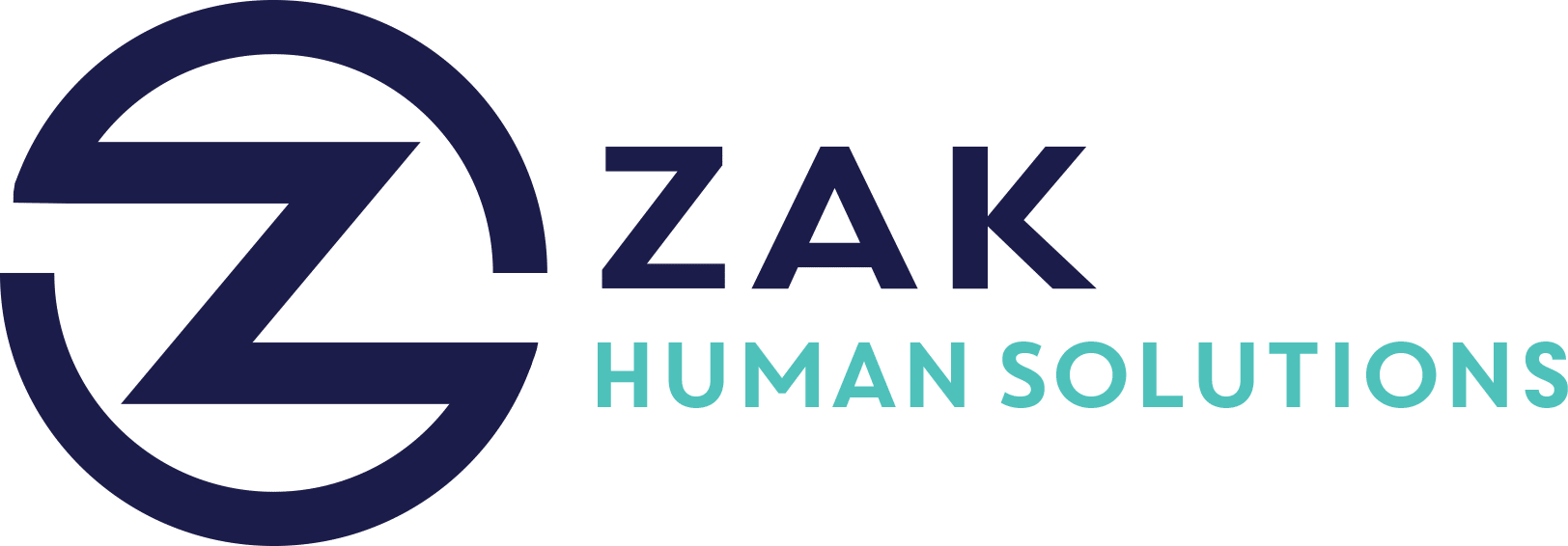Organizations worldwide face the persistent challenge of employee turnover, yet many overlook the subtle yet consequential factor of leadership blind spots. As Nancy Adams, Chief People Officer at CenTrak, eloquently highlights, understanding the disconnect between leadership self-perception and their actual impact is crucial to mitigating this silent but destructive force within companies. In this blog post, we’ll delve into the complexities of leadership blind spots, explore why they often go unnoticed, and provide actionable strategies to address them effectively.
Understanding Leadership Blind Spots and Their Impact
The concept of leadership blindness refers to discrepancies in how leaders perceive their performance versus how it is truly perceived by their team members. These blind spots can have detrimental effects on morale, productivity, and ultimately, employee retention. Despite the significant role they play, leadership blind spots often fly under the radar due to the inherently uncomfortable nature of discussing them.
The Leadership Disconnect: Why It Happens
- Lack of Self-Awareness: Leaders with limited self-awareness often fail to recognize the impact of their actions on team morale. They may not perceive how poor communication, lack of empathy, or decision-making styles conflict with their team’s needs, leading to frustration and disengagement.
- Exit Interview Evasions: Employees frequently tiptoe around discussing leadership shortcomings in exit interviews. Instead, they prefer citing more palatable reasons like better opportunities or compensation—a missed opportunity for valuable feedback.
Identifying the Leadership Blind Spots
- Communication Issues: Poor communication and infrequent feedback leave employees feeling undervalued and in the dark about their roles and career paths. This vagueness leads to decreased motivation and performance.
- Lack of Empowerment: Leaders who do not empower employees foster a workplace of disengagement. Employees crave autonomy and the power to influence their project scope, yet the disempowering style of leadership stifles such aspirations.
- Inability to Foster Trust: When leaders cannot build trust or adapt to different perspectives, it creates a divisive environment where loyalty and commitment to the organization wane over time.
Critical Components of Effective Leadership Development
Despite 83% of organizations acknowledging the need for leadership development, they often fall short in addressing core areas like self-awareness. Effective leadership development hinges on:
Motivation Gaps
Organizations must move beyond one-off training sessions. Continuous skill reinforcement is necessary to combat job dissatisfaction and ensure the application of new competencies.
Skill Misalignment
There must be a symbiosis between the skills imparted in development programs and the company’s real-world needs. Discrepancies here lead to performance drops and increased turnover.
Skills Transfer Challenges
Education must translate into practical, actionable strategies in the workplace. Without compatibility between educational content and workplace challenges, training becomes a temporal rather than an immersive experience.
Addressing Leadership Blind Spots: Strategies for Organizations
To counteract these blind spots, organizations must cultivate a culture prioritizing leadership development focused on alignment and applicability. Here are strategies to tackle the problem:
- Develop Role-Specific Leadership Programs: Tailor leadership development to align with specific roles and organizational goals. Programs should encourage the application of tactics through practical projects.
- Encourage Action Learning Projects: Leaders should actively apply new skills via learning projects, reinforcing the utility and relevance of their development experiences.
- Implement Regular Coaching Systems: Establish continuous coaching for skills application and refinement, ensuring knowledge retention and growth.
- Focus on Communication and Trust-Building: Equip leaders with the tools to communicate effectively and foster trust within their teams, setting the foundation for a collaborative environment.
- Assess Impact on Business Outcomes: Regularly evaluate the effectiveness of leadership initiatives on business results, ensuring alignment with strategic objectives.
The Path Forward
By acknowledging and addressing leadership blind spots, organizations can foster an environment conducive to growth where talent feels valued, supported, and inspired. Continuous investment in leadership development cultivates a knowledgeable workforce, reduces employee turnover, and enhances the overall organizational culture. Ultimately, leaders who embrace self-awareness, promote open communication, and prioritize ongoing development will pave the way for sustained success and employee satisfaction.




